Fertilizers are materials applied to soil or plants to deliver essential nutrients that support healthy growth and boost agricultural yields. They replenish nutrients that may be lacking in the soil due to natural deficiencies, continuous farming, or environmental factors.
Fertilizers
An Overview
Types of Fertilizers
- Organic Fertilizers
- Inorganic (Synthetic) Fertilizers

Enhancing Agriculture, One Nutrient at a Time
Fertilizers are essential tools in modern agriculture. At Green Tech Solutions, we offer a wide range of organic and inorganic fertilizers that replenish depleted soil, promote healthy plant growth, and boost overall crop productivity. Whether for small farms or commercial cultivation, our solutions help meet the nutrient demands of crops in a sustainable and efficient way.
Types of Fertilizers
- Organic Fertilizers
- Inorganic (Synthetic) Fertilizers

Organic Fertilizers
- Derived from natural sources such as animal manure, compost, bone meal, and other organic matter.
- Inorganic (or Synthetic) FertilizersOrganic fertilizers not only provide essential nutrients like nitrogen, phosphorus, and potassium but also improve soil structure and increase its ability to retain water and nutrients.
Inorganic (or Synthetic) Fertilizers
- Made from chemical compounds and are specifically formulated to provide a concentrated source of nutrients.
- Common synthetic fertilizers include urea, ammonium nitrate, and superphosphates.
- They are designed to release nutrients quickly or slowly, depending on their composition, to meet the immediate or long-term needs of the plants.
CATEGORY OF FERTILIZERS
Fertilizers are typically categorized based on the nutrients they provide:

Macronutrients
These are nutrients required by plants in large amounts. The primary macronutrients are nitrogen (N), phosphorus (P), and potassium (K), often referred to as NPK. These elements are vital for processes such as growth, photosynthesis, and the development of roots, flowers, and fruits.

Macronutrients
These are required in trace amounts but are equally important for plant health and growth. Micronutrients include iron (Fe), manganese (Mn), zinc (Zn), copper (Cu), molybdenum (Mo), boron (B), and chlorine (Cl).

Secondary Nutrients
These include calcium (Ca), magnesium (Mg), and sulfur (S), which are also essential but needed in smaller amounts compared to the primary macronutrients.
Fertilizers are essential in today’s agriculture as they restore vital nutrients to the soil, boost crop production, and promote sustainable farming methods. Yet, their application needs to be carefully controlled to avoid adverse environmental impacts, including soil depletion, water contamination, and the release of greenhouse gases.
TYPES OF SPECIALIZED FERTILIZERS
Controlled-Release Fertilizers and Liquid Fertilizers are specialized types of fertilizers designed to meet specific agricultural needs and improve nutrient efficiency.
Controlled-Release Fertilizers(CRFs)
Controlled-release fertilizers are designed to release nutrients gradually over an extended period, matching the nutrient uptake needs of plants. They are typically coated with materials like polymers, sulfur, or resins that control the rate at which the nutrients are released into the soil.
- How They Work: The coating of the fertilizer granules controls the nutrient release based on factors such as temperature, moisture, and microbial activity. This slow release ensures that nutrients are available to plants when they need them the most, minimizing nutrient loss due to leaching, runoff, or volatilization.
- Reduces the frequency of fertilizer application, saving time and labor.
- saving time and labor.
- Improves nutrient use efficiency by providing a steady supply of nutrients.
- Minimizes the environmental impact, such as water pollution from nutrient runoff.
- Enhances plant growth by preventing nutrient surges that could potentially harm plants.
- CRFs are often used in high-value crops, turf management, horticulture, and ornamental plants where precise nutrient management is important.
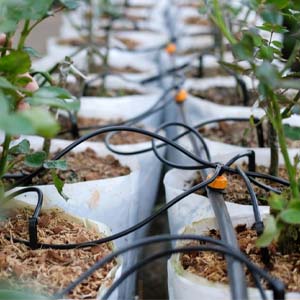

Liquid Fertilizers
Liquid fertilizers are nutrients dissolved in water and applied directly to plants or soil in liquid form. They can be delivered through various methods, including foliar spraying, fertigation (adding fertilizer to irrigation water), or soil drenching.
- How They Work: Liquid fertilizers provide immediate availability of nutrients to plants, as they are already in a dissolved form and can be easily absorbed by the plant roots or leaves. They can be applied uniformly and are often used to quickly correct nutrient deficiencies.
- Offers rapid nutrient delivery and quick plant response, which is ideal for correcting deficiencies or providing nutrients during critical growth stages.
- Allows for precise application rates and even distribution, reducing waste.
- Improves nutrient use efficiency by providing a steady supply of nutrients.
- Can be combined with pesticides or herbicides for simultaneous application, saving time and effort.
- Ideal for use in drip irrigation systems and hydroponic setups.
- Liquid fertilizers are widely used in both conventional and organic farming, particularly in hydroponics, greenhouse crops, and drip irrigation systems. They are also popular for lawn and garden care.
Organic Fertilizers
Sourced from natural materials like compost, bone meal, and animal manure, organic fertilizers enrich the soil, improve structure, and enhance water retention—while slowly releasing nutrients like nitrogen, phosphorus, and potassium.
Inorganic (Synthetic) Fertilizers
Made from scientifically formulated chemical compounds such as urea, ammonium nitrate, and superphosphates. These fertilizers offer fast or slow nutrient release, catering to specific plant needs with precision and consistency.
CATEGORY OF FERTILIZERS
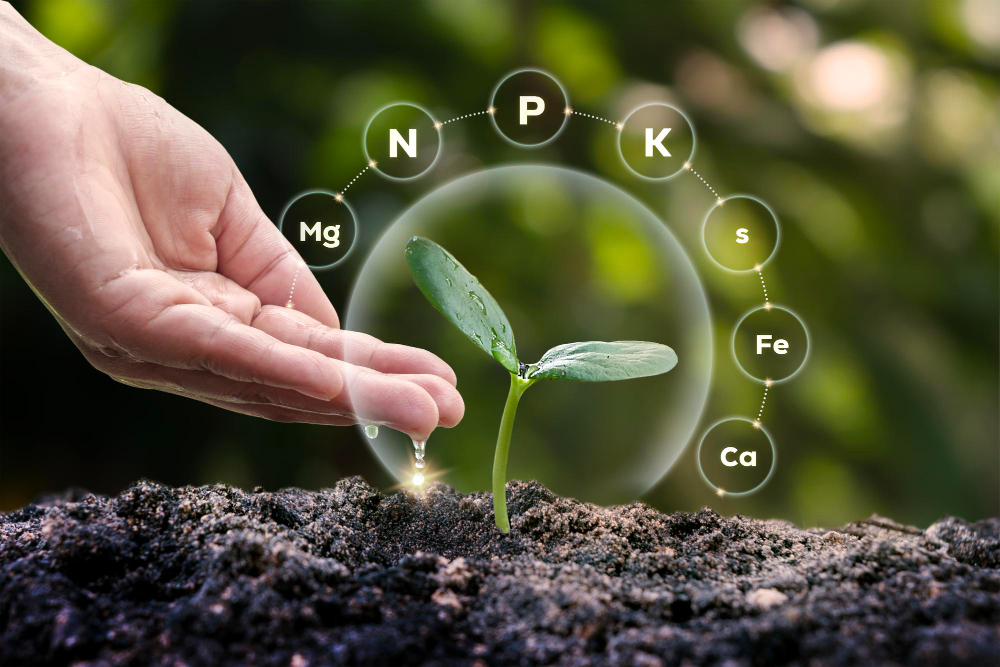
01. Macronutrients
Key nutrients plants require in large quantities — Nitrogen (N), Phosphorus (P), and Potassium (K). Essential for root growth, flowering, fruiting, and photosynthesis.
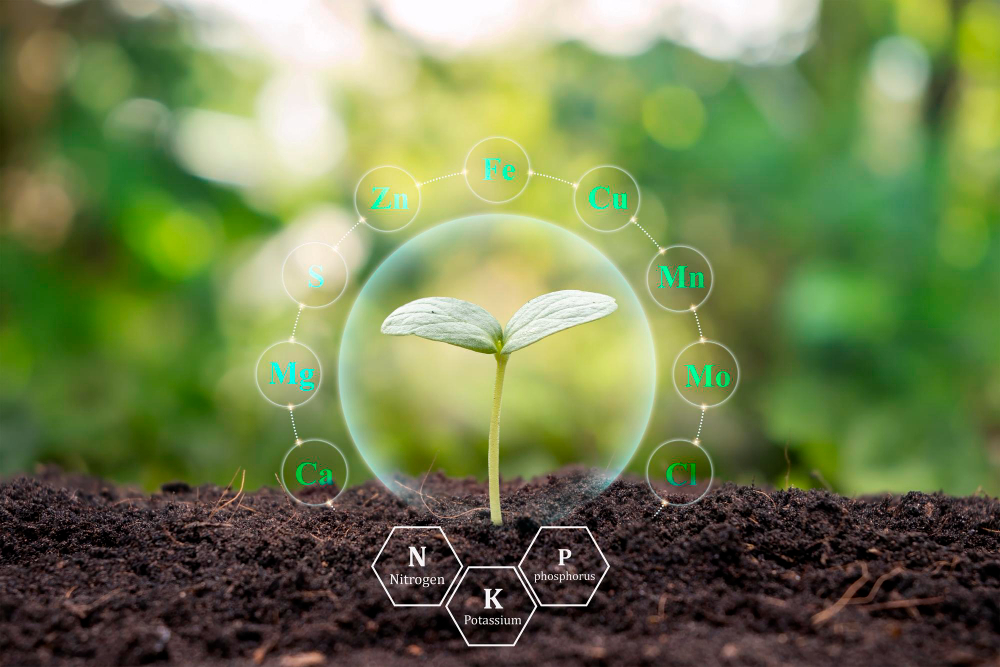
02. Micronutrients
Needed in small amounts but critical for plant metabolism. Includes Iron (Fe), Zinc (Zn), Manganese (Mn), Copper (Cu), Boron (B), Molybdenum (Mo), and Chlorine (Cl).
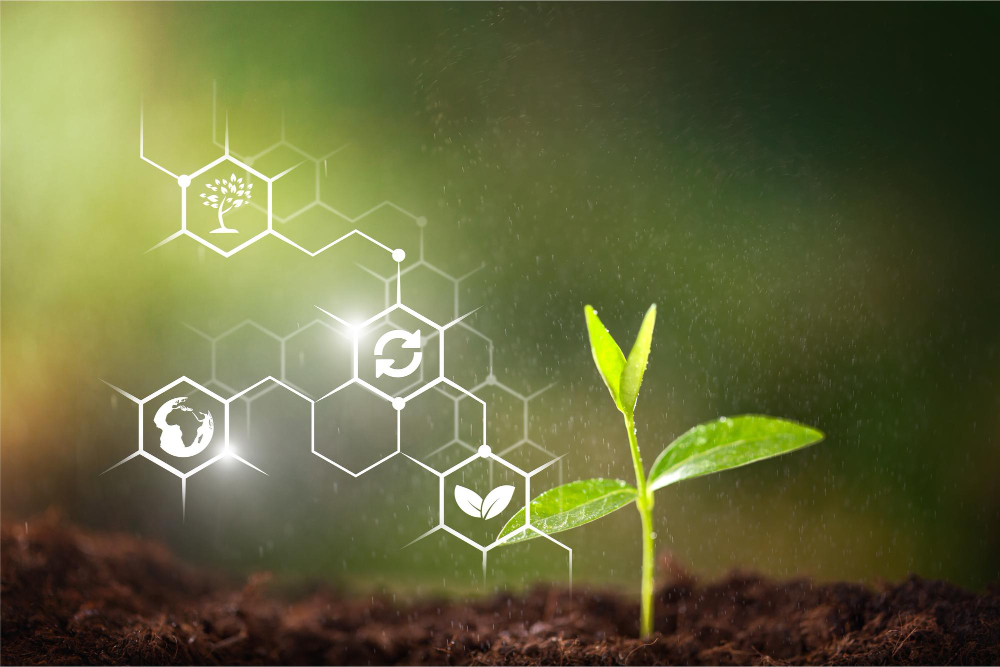
03. Secondary Nutrients
Essential for overall plant health and soil balance: Calcium (Ca), Magnesium (Mg), and Sulfur (S).
ChatGPT said:
Fertilizers are essential to modern farming, helping restore soil nutrients, boost crop production, and promote sustainable agriculture. However, responsible use is vital to avoid environmental harm like soil damage, water contamination, and increased greenhouse gas emissions.

Benefits of Controlled-Release Fertilizers:
Reduces application frequency, saving both time and labor
Provides consistent nutrient supply, improving overall uptake efficiency
Lowers environmental risks by reducing nutrient runoff into water sources
Supports healthier plant development by avoiding sudden nutrient spikes
Ideal for precision agriculture, especially in high-value crops, landscaping, greenhouse farming, and ornamental plants
Liquid Fertilizers
Liquid fertilizers are plant nutrients dissolved in water and applied directly to soil or foliage. They can be delivered using methods such as foliar spraying, fertigation (via irrigation systems), or soil drenching — offering flexibility and precision in application.
How They Work:
Since the nutrients are already in liquid form, plants can absorb them quickly through roots or leaves. This results in faster response times, making liquid fertilizers especially effective for addressing nutrient deficiencies or supporting crops during critical growth phases.

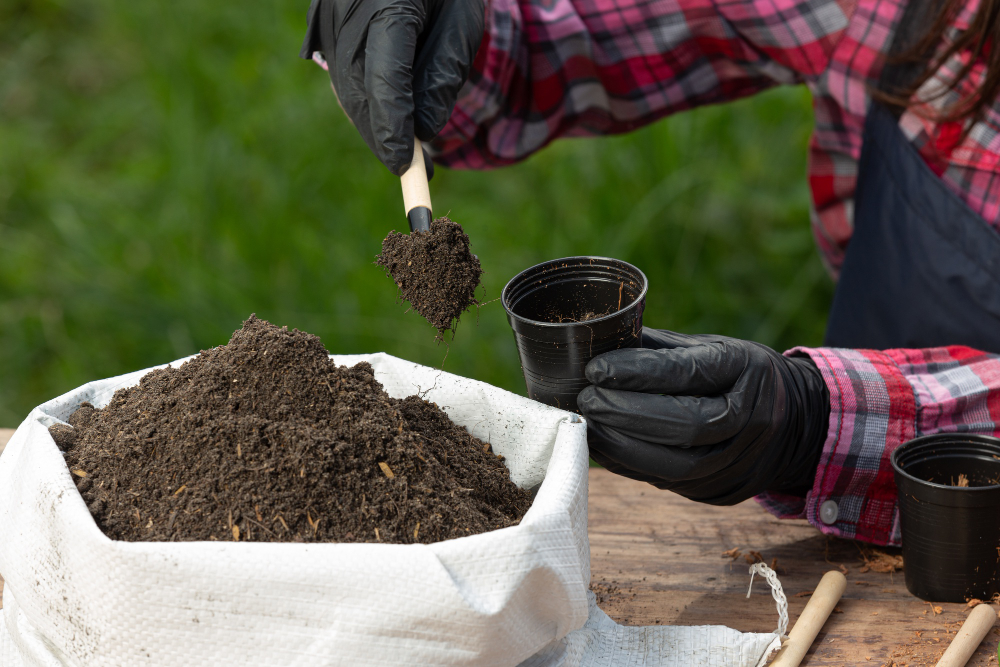
Key Benefits:
Fast-acting nutrition for quick correction of deficiencies
Uniform distribution with precise control over dosage
Can be blended with pesticides/herbicides for combined treatment
Suitable for hydroponics, drip systems, and greenhouses
Reduces waste and improves nutrient use efficiency





